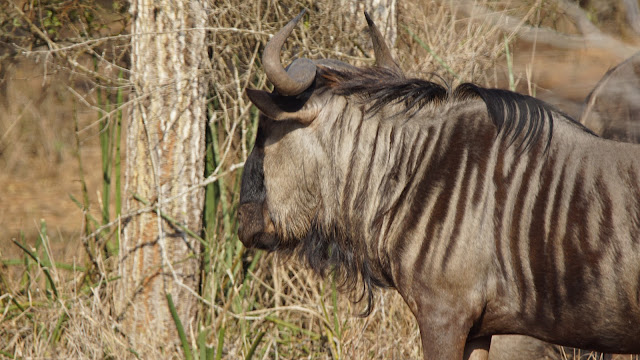2019-10-17/27: Luanda, the Angolan capital with Portugues charm.
Today our friends from Iveco put their driver, Teles, and a vehicle at our disposal to visit Luanda. Teles only speaks Portuguese. As we do not speak it communication is not easy. We make him understand that we want to start with a visit to the Fortaleza de São Miguel and its military museum. It takes us there through Luanda's still very heavy traffic, but we are outside rush hour and things are not going too badly. We arrive at the parking lot of the fortress at 11:20 a.m.
The fort was built in 1576 by the Portuguese a year after Paolo Dias de Novais landed on the Ilha (the peninsula of Luanda). Its role was mainly to protect the port of Luanda from French, Spanish and Dutch expeditions, which did not prevent the same Dutch from taking possession of it in 1641 before being recaptured by the Portuguese a few years later.
It was completely renovated after the Civil War and now houses a fairly interesting military museum on the armed forces, the struggle for independence and the fratricidal wars that followed.
 |
| Thierry in front of the Fortaleza. |
 |
| In the Fortaleza in front of the statues of some Portuguese heroes. |
Entrance costs 300 Kwanzas (0.67 €) per person, including photographic rights. We can go around the ramparts, which allows us to discover a 360 ° panoramic view of Luanda.
 |
| Luanda and its bay from La Fortaleza. |
 |
| Renault 6 utilizado pelo camarada presidente Antonio Agostinho neto no Congo Brazzaville |
In addition to the museum, it is possible to admire magnificent 18th century azulejos assembled and displayed in a separate building. They represent multiple scenes from Portuguese colonial history on the one hand and specimens of Angolan flora and fauna on the other.
 |
| A flamboyant and a turret of the Fortaleza. |
Our first intention was precisely to follow the seafront by the "Marginal", the most prestigious avenue in the city, magnificently restored after the war. But Christine prefers to stay in the upper town to stroll through its alleys and in the hope of finding a small restaurant for lunch.
There are half a dozen geocaches in the old town, we will log two of them by making a small detour to the picturesque church of Notre-Dame Des Remèdes built in 1665 by Portuguese merchants and renovated in 1995 by the oil company Elf .
 |
| Church of Our Lady of Remedes. |
The center of Luanda looks more like a Portuguese city than an African city, less chaotic, cleaner and more polished.
 |
| Street Art in Luanda |
We soon arrive at Largo do Ambiente, a gigantic oval square with at its lower end the charming little church of Our Lady of Nazareth which we will take a little look at.
This is where Teles is going to get us back with the Toyota. It's 4 p.m. and it's time to get home if we want to avoid rush hour traffic. Teles drops us off three quarters of an hour later at our apartment at Iveco.






























